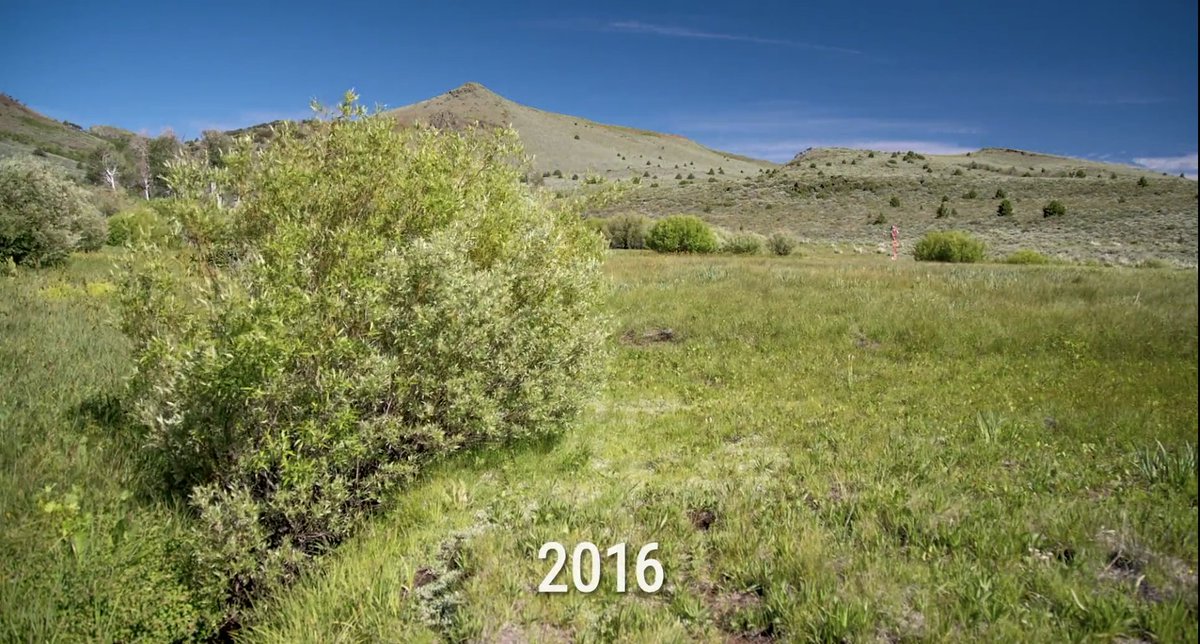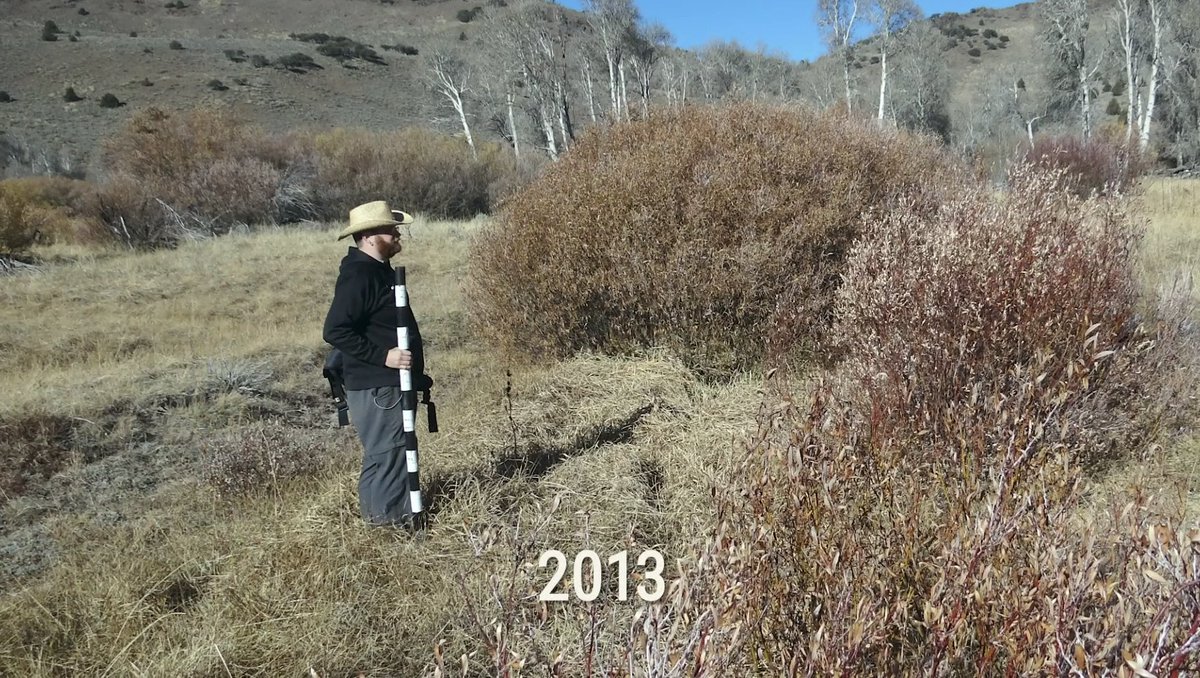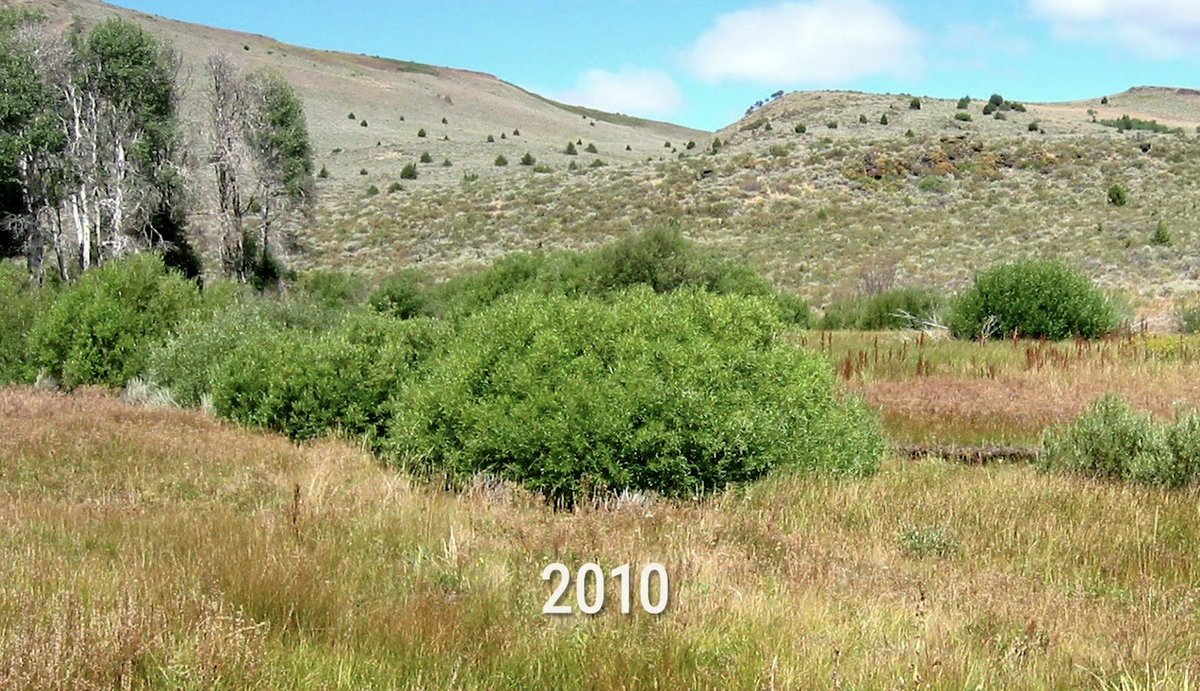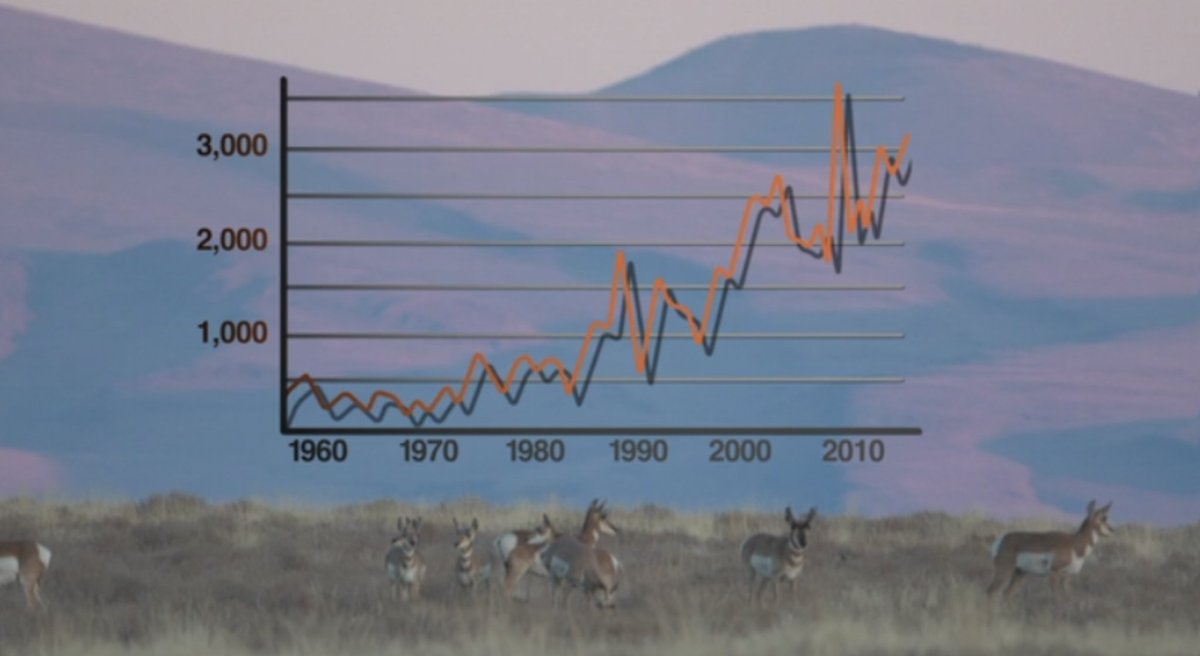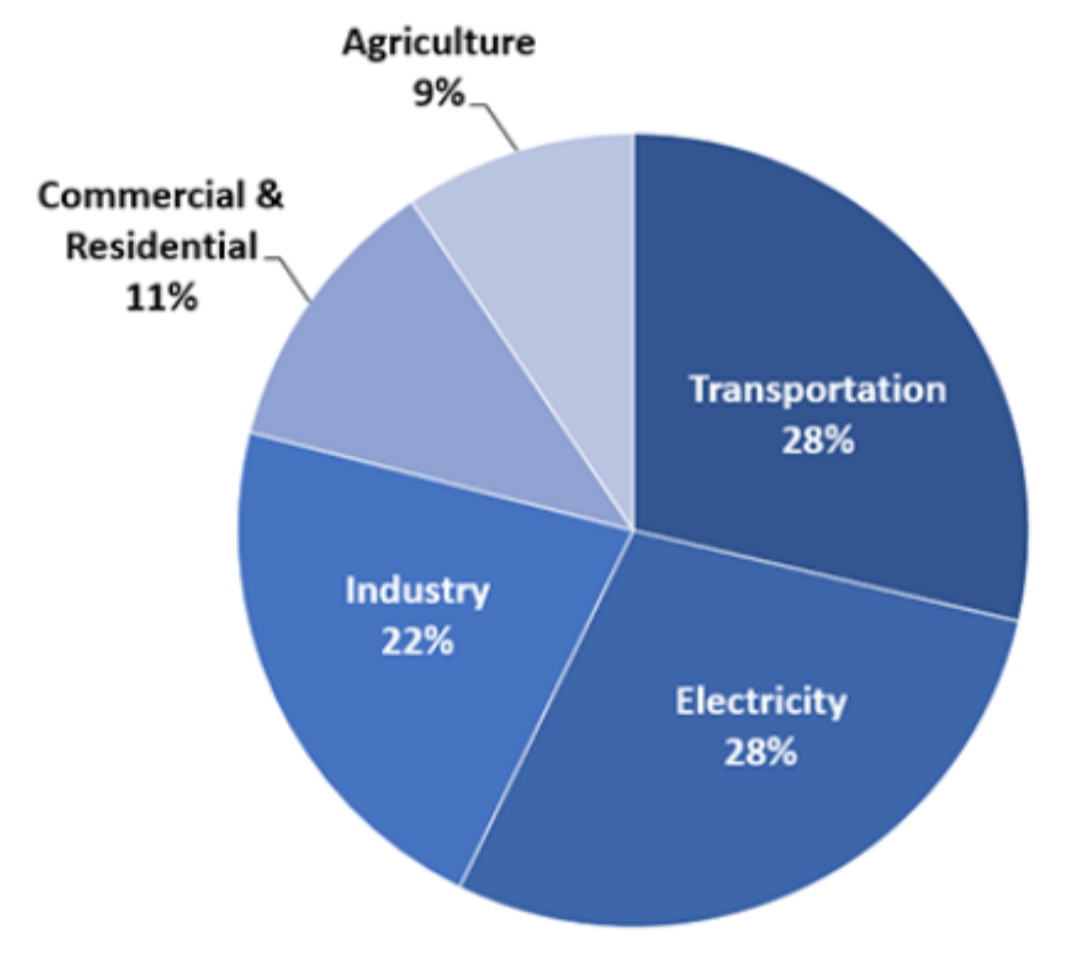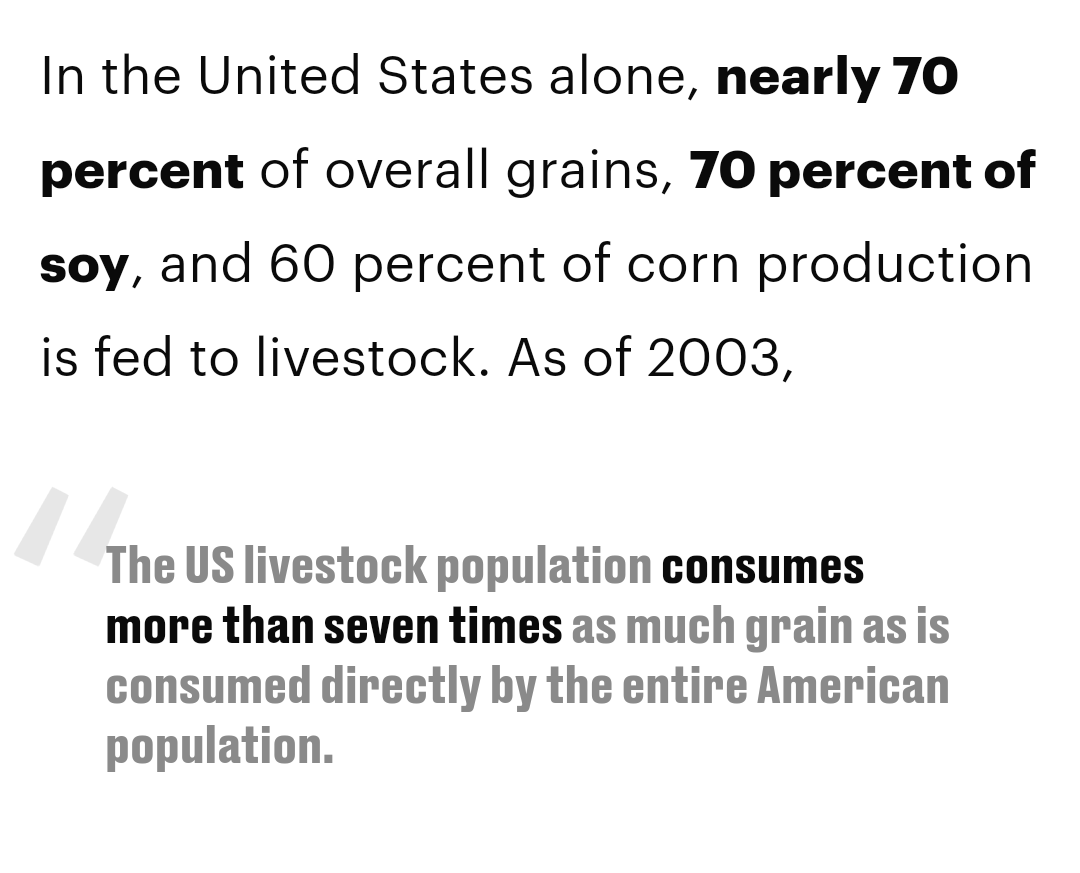
"The livestock sector is currently the single major driver of habitat loss and degradation, which is in its turn a leading cause of species decline and extinction worldwide."
Important study + 🧵thread on this main driver of biodiversity loss:
sciencedirect.com/science/articl…
Important study + 🧵thread on this main driver of biodiversity loss:
sciencedirect.com/science/articl…
"The production of livestock alters natural habitats not only via land-use change, but also through its outputs of agrochemicals, nutrients, sediments, antibiotics and hormones into natural environments." 

"The multiple, synergetic, and ubiquitous past and present processes by which human carnivory threatens the world's biodiversity makes it arguably the most detrimental aspect of our ecology, from a conservation point-of-view."
#WorldEnvironmentDay
sciencedirect.com/science/articl…
#WorldEnvironmentDay
sciencedirect.com/science/articl…
Carnivory is the most impacting aspects of human ecology in terms of the proportion of vertebrate species they affect (26.1%), followed by forestry (23.5%), infrastructure (17.2%), pollution (11.1%), and invasive species (10.4%).
Let's address all, but we need awareness of #1!
Let's address all, but we need awareness of #1!
To address the biodiversity crisis, we need shifts to plant-based.
"Across all animals, livestock exclusion increased abundance and diversity"
Meta-analysis of 109 ind. studies on the response of animals or plants to livestock grazing vs. exclusion:
onlinelibrary.wiley.com/doi/epdf/10.11…
"Across all animals, livestock exclusion increased abundance and diversity"
Meta-analysis of 109 ind. studies on the response of animals or plants to livestock grazing vs. exclusion:
onlinelibrary.wiley.com/doi/epdf/10.11…
Rewilding and allowing native grasses and animals to thrive again in protective areas is an obvious yet underutilized solution.
Exactly this was documented here:
Exactly this was documented here:
https://twitter.com/NicholasDCarter/status/1411625914203611136?t=sclu7WioMX-duAYs5pz5BA&s=19
No doubt there are also many other drivers of biodiversity loss, as these studies also make clear, but as we strategize to address this crisis, to leave the gluttony and subsidization of animal-sourced foods out of the discussion is complete denial.
#WorldEnvironmentDay2022
#WorldEnvironmentDay2022

• • •
Missing some Tweet in this thread? You can try to
force a refresh





